5 Ways To Spot Signs Of New Hair Growth
From dark shadows to soft peach fuzz - every hint is worth noting on your hair journey.
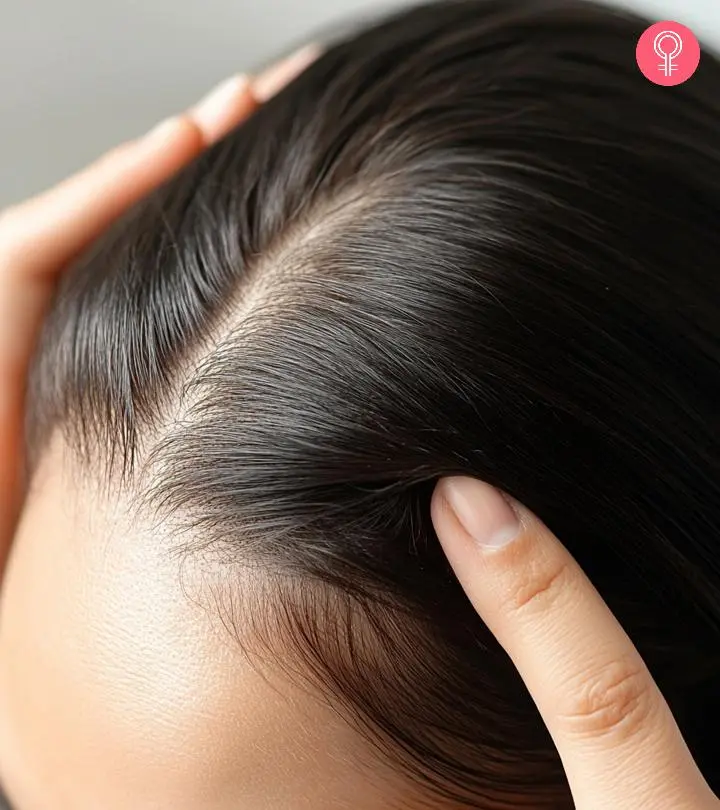
Image: Midjourney/ StyleCraze Design Team
Hair strands grow from the follicles, increase in length, and then fall out. Once old hair falls out, new hair grows back in its place, and the cycle continues. You can notice this by understanding the actual signs of new hair growth on your scalp. Most humans normally lose around 100 strands of hair daily (1). But some conditions may cause severe hair loss. A trichologisti A specialist dealing with hair and scalp-related treatments such as hair loss, hair thinning, scalp psoriasis, and itchy scalp. can help you resolve these hair loss issues. The right treatment options can stimulate new hair growth. Keep reading to understand all the signs that suggest your hair is growing back.

 Trivia
TriviaIn This Article
The 5 Signs Of New Hair Growth
Part your hair, down the middle and away from your face, and check your scalp under proper lighting. Take time to inspect the roots, scalp, edges, and hairline, especially the area close to the forehead. If you have not colored your hair, you will easily notice the signs of hair regrowth. Look out for:
1. Dark Spots Or Shadow
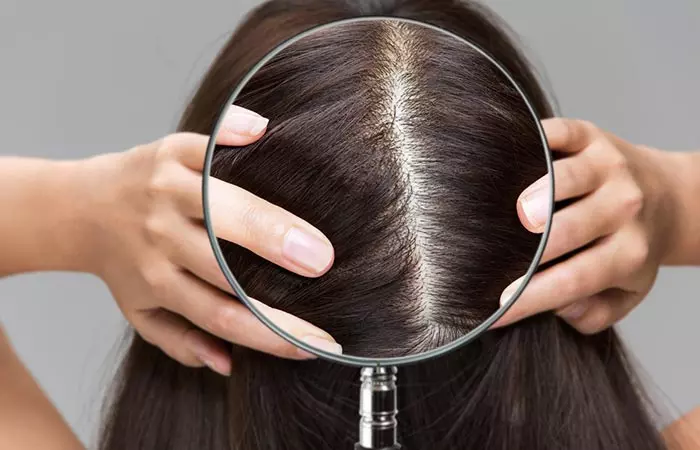
If you have dark hair, look closely for dark spots or specks. These are often referred to as a “shadow.” These dark spots indicate that your hair follicles are in the active phase of hair regrowth. The spots look dark because of the color pigment (melanin) in the hair shafts about to grow in the anagen phase (2).
 Trivia
Trivia2. Fine and Short Hair Growth

If you notice fine and baby hair strands on your scalp, it is a sign of hair regrowth. If your scalp is healthy, these short hairs can grow noticeably faster than usual. However, these baby hair strands are delicate. Hence, pay attention and be gentle on your hair and scalp. Avoid scratching, massaging, and brushing aggressively.
3. Fuzz
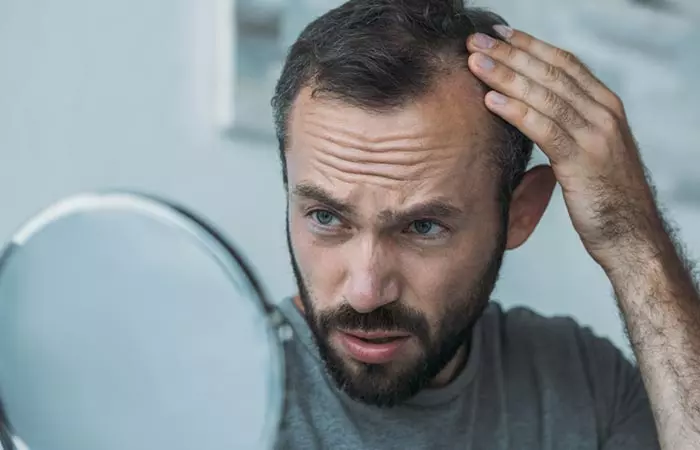
When hair starts to regrow, it appears like fine “peach fuzz.” It is usually translucent and thinner than the rest of the hair on your scalp. If you recently underwent surgery or had a head injury and are worried about hair growth on the bald spot, the appearance of peach fuzz is a positive sign. It means the hair follicles on that lesioni A structural or biochemical change in a tissue or an organ of the body incurred due to a disease or a wound. are active.
4. Strong Hair

Strong hair is one of the most important signs of healthy hair growth and indicates further new hair growth. The growing hair strands become active in a few months. They gain volume and grow longer and are not breakage-prone. This is a clear sign that your scalp is healthy to initiate hair regrowth.
5. Soft And Manageable Hair
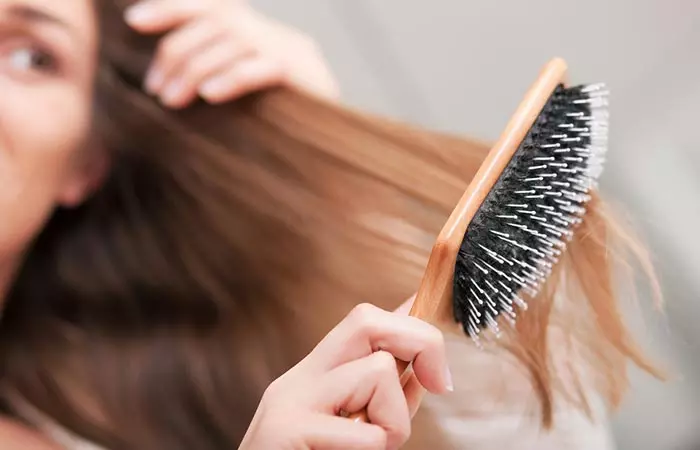
If your hair has become easier to manage, it is a sign of new and healthy hair growth. A healthy scalp supports healthy hair growth, and healthy hair is always soft and manageable. This is more noticeable in people who have undergone hair loss due to a health condition. Once you start recovering, you take vitamin supplements and consume a healthy diet for hair growth (3). This improves your overall health and hair health.
If you have noticed new hair strands growing on your scalp, let’s look into some convenient ways to help them grow faster. Continue to the next section.
Key Takeaways
- Your hair is considered healthy if your strands grow six inches every year.
- The appearance of black spots on the scalp (if you have dark hair) and having shorter strands hint at hair re-growth.
- Other signs of new hair growth include thinner and softer hair, which is easier to manage.
How To Grow Your Hair Faster
As mentioned earlier, maintaining good hair health is fundamental for faster and healthier growth. The following solutions may help you achieve the same:
- Nutrient-Rich Diet: Deficiency of multiple nutrients, such as iron, zinc, vitamins A, B, D, and E, fatty acids, selenium, amino acids, and proteins, can lead to hair damage or loss (3). Include them in your diet for good hair health.
- Essential Oil Treatment: Essential oils are known to have strong antifungal properties that can protect the hair from dandruff and keep the scalp healthy (4). It is one of the most popular methods to stimulate new hair growth. Samara, a blogger, shares her personal experience of battling excessive hair fall and how she found her answer in essential oils and other oils to overcome her hair care woes. She added the recipe and hair care process. For the results, she states, “Weeks turned into a month, and then another. I noticed something incredible — fewer strands on my brush and less hair left behind after a shower (i).” She further adds, “My hair felt different too — smoother, shinier, and undeniably healthier.”
- Topical Medication: Studies have shown that topical application of ointments such as minoxidil, spironolactone, and melatonin can help treat excessive hair loss and thinning in women (5), (6).
A 48-week study tested 5% and 2% topical minoxidil against a placebo for treating female pattern hair loss in 381 women. Participants applied the treatments twice daily, and results showed that 5% minoxidil was more effective than placebo in all measures of hair growth. The 2% minoxidil group was better than placebo for hair count and hair growth (7). - Keratin Treatment: Keratin is an important hair protein that can help reduce hair loss, increase volume, and repair damaged hair (8). A study shows that injecting keratin into animal skin helps promote hair growth. When keratin interacts with cells around the hair follicle, it causes them to clump together and form a special group of cells, called hair germ cells that are responsible for hair growth. Therefore, keratin helps in hair regeneration and tissue development (9). Opt for a keratin treatment if you have damaged hair that has become difficult to manage.
- Consult with a Trichologist: If you notice changes in hair growth or health, consulting a trichologist can provide personalized treatment options tailored to your hair needs.
Apart from these, you can also make some lifestyle changes and adjust your hair care routine to maintain your hair growth rate. There are so many different ways to make your hair grow faster naturally that involve making only minor tweaks to your routine. Follow them and watch your hair stay happy and healthy!
One thing that confuses many is how to differentiate between baby hair and a strand that is broken or damaged. We will help you learn to identify the difference in the next section.
Distinguishing Between New Hair Growth And Breakage
1. Appearance
New Hair Growth
New hair appears soft, fine, and shorter than the surrounding strands. It may appear more frail but is actually a healthy new hair strand.
Breakage
Broken hair strands are usually uneven and can appear shorter, frayed, or split at the ends. They may also feel rough or brittle.
2. Location
New Hair Growth
New growth is often more concentrated around the hairline and parting, as well as the crown of the head. It can be identified by the presence of tiny, fine hairs in these areas.
Breakage
Breakage can occur at any point along the hair shaft but is most common at the ends. You might notice pieces of hair on your shoulders or in your brush that are significantly shorter than the rest.
3. Texture
New Hair Growth
The texture of new hair can be softer and less coarse than mature hair. It may also be curlier or straighter than the existing hair, depending on genetic factors.
Breakage
Hair that has broken will often feel dry, rough, or brittle. You may notice that it lacks elasticity, leading to frequent snapping when stretched.
Adapting your hair care routine based on these observations will help you promote healthy growth and reduce breakage. Keep reading to learn a few haircare tips.
Tips For Maintaining Healthy New Hair
The signs of new hair growth are simple to spot, but turning that growth into healthy hair can be challenging if you do not follow these tips consistently. Here are some tips for promoting hair growth and maintaining healthy hair:
- Include foods rich in essential vitamins and minerals, like fruits, vegetables, nuts, and seeds.
- Drink plenty of water to keep your hair and scalp hydrated.
- Avoid or limit the use of hot styling tools like curling irons and straighteners to reduce hair damage.
- Always opt for shampoos and conditioners that suit your hair type and avoid harsh chemicals.
- Give yourself a gentle scalp massage, preferably with a nourishing oil, to help stimulate circulation to your hair follicles.
- Chronic stress can lead to unwanted hair loss (10). So, practice stress-reducing activities like meditation or yoga, and get a good night’s sleep to reduce the risks of new hair fall.
- Stick to your hair care routine. Consistency is key to maintaining healthy hair.
Infographic: DIY Hair Mask To Nourish New Hair Growth
New hair growth is a sign of a healthy scalp. However, you should take care of this new hair to protect it from damage. It is crucial to provide enough nourishment and pampering to grow long and healthy hair. One way to do this is to use easy and effective DIY hair masks that help improve hair elasticity and strength.
Check out the infographic below to learn how to make an easy flaxseed hair mask for your new hair.
Some thing wrong with infographic shortcode. please verify shortcode syntax
Healthy hair grows roughly around half an inch per month, equating to six inches of natural hair growth over the year. Carefully observe your scalp, hair roots, edges, and hairline to notice signs such as peach fuzz or fine hair. The indicators listed in the article will assist you in identifying signs of new hair growth on your scalp. Also, it is crucial to take care of your hair properly and nourish it when you recognize hair growth. Follow a balanced diet, maintain a healthy lifestyle, try home remedies for hair growth, and drink lots of water to promote healthy hair growth.
Frequently Asked Questions
What lifestyle changes can support hair growth?
Going for regular exercise, proper hydration, and stress management techniques can significantly benefit hair growth by improving overall health and circulation.
How long does it take to notice new hair?
Dr. Hyemin Pomerantz, a board-certified dermatologist, says, “It depends on what type of hair loss you are experiencing and whether the treatment you are receiving is effective. Hair grows slowly, even if it’s to return about 0.2 to 0.5 inches a month. It may take 3-6 months until noticeable hair growth.”
Does itchy hair mean it’s growing?
Itchy hair is not one of the signs of new hair growth. According to Dr. Pomerantz, “An itchy scalp does not necessarily mean new hair is growing. Itching is usually from inflammation in the scalp’s skin, and it can actually mean there is inflammation that can cause hair loss.”
How many new hairs grow in a day?
“If there is no hair loss condition, we grow 50-100 hairs a day. This is about the same number of hair we lose each day,” says Dr. Pomerantz.
What are the three stages of the hair growth cycle?
Dr. Pomerantz states, “The three stages of the hair cycle are anagen, catagen, and telogen. Anagen is commonly called a growing phase, where hair follicles continue to grow larger and deeper into the scalp to be able to support the growing hair strand. During the catagen phase, the hair stops growing, and the hair follicle becomes detached from the blood supply. Hair falls out during the telogen phase. After the follicle stays in the resting phase for 3-4 months, it returns to the anagen phasei The most active and longest phase of hair growth where the cells in the hair divide rapidly so as to form new hair. .”
Can hair grow back after thinning?
According to Dr. Pomerantz, “Hair regrowth depends on what type of thinning you have and whether you stay on effective treatments. There is reversible and irreversible hair loss. In reversible hair loss, hair can come back after months of appropriate treatments. Among reversible hair loss conditions, telogen effluvium (hair loss following a stressful event like surgery, post-partum, or illness like COVID) can stop on its own without treatments, and hair can grow over time.”
Does hair shedding mean new growth?
Hair shedding typically means some hair strands have reached the exogen phase of hair growth, which means their lifespan has ended. Once the hair sheds, new hair starts growing.
Does hair grow back if the root comes out?
Yes, hair does grow back, but it may take time as a new hair follicle needs to grow in place of the old before the hair shaft springs out. However, if the hair does not grow back, you should consult a trichologist as it could be a sign of a medical condition.
Why is my hair growing so slow?
Hair can grow slowly because of multiple reasons, like aging, hormonal changes, and stress.
Unlock the secrets to determine if your hair follicles are alive with this informative video. Gain valuable insights and take steps to optimize your hair health. Watch now and embrace healthy, vibrant hair.
Personal Experience: Source
StyleCraze's articles are interwoven with authentic personal narratives that provide depth and resonance to our content. Below are the sources of the personal accounts referenced in this article.
i. My Secret Recipe for Luscious Locks: DIY Hair Growth Oil That Rescued My Hair!https://medium.com/@simsonsamara95/my-secret-recipe-for-luscious-locks-diy-hair-growth-oil-that-rescued-my-hair-e11d43c359e9
References
Articles on StyleCraze are backed by verified information from peer-reviewed and academic research papers, reputed organizations, research institutions, and medical associations to ensure accuracy and relevance. Read our editorial policy to learn more.
- Hair Evaluation Methods: Merits and Demerits
https://www.ncbi.nlm.nih.gov/labs/pmc/articles/PMC2938572/ - Hair Follicle Pigmentation
https://www.ncbi.nlm.nih.gov/pmc/articles/PMC1201498/ - Diet and Hair Loss: Effects of Nutrient Deficiency and Supplement Use
https://www.ncbi.nlm.nih.gov/pmc/articles/PMC5315033/ - Essential Oils as Potential Source of Anti-dandruff Agents: A Review
https://pubmed.ncbi.nlm.nih.gov/34254910/ - HAIR LOSS: DIAGNOSIS AND TREATMENT
https://www.aad.org/public/diseases/hair-loss/treatment/diagnosis-treat - Complementary and Alternative Treatments for Alopecia: A Comprehensive Review
https://karger.com/sad/article/5/2/72/291462/Complementary-and-Alternative-Treatments-for - A randomized
placebo-controlled trial of 5% and 2% topical minoxidil solutions in the treatment of female pattern hair loss - Health improvement of human hair and their reshaping using recombinant keratin K31
https://www.ncbi.nlm.nih.gov/pmc/articles/PMC6218806/ - Keratin-mediated hair growth and its underlying biological mechanism
https://pmc.ncbi.nlm.nih.gov/articles/PMC9675858/ - How stress causes hair loss
https://www.nih.gov/news-events/nih-research-matters/how-stress-causes-hair-loss
Read full bio of Tiffany Young
- Dr. Hyemin Pomerantz, MD, is a board-certified dermatologist with 11 years of experience in general, surgical, and cosmetic dermatology. She graduated from Harvard Medical School, Boston, Massachusetts in 2012 and specializes in treating acne, rosacea, psoriasis, eczema, skin cancer, and other concerns.
 Dr. Hyemin Pomerantz, MD, is a board-certified dermatologist with 11 years of experience in general, surgical, and cosmetic dermatology. She graduated from Harvard Medical School, Boston, Massachusetts in 2012 and specializes in treating acne, rosacea, psoriasis, eczema, skin cancer, and other concerns.
Dr. Hyemin Pomerantz, MD, is a board-certified dermatologist with 11 years of experience in general, surgical, and cosmetic dermatology. She graduated from Harvard Medical School, Boston, Massachusetts in 2012 and specializes in treating acne, rosacea, psoriasis, eczema, skin cancer, and other concerns.
Read full bio of Ramona Sinha
Read full bio of Eshna Das
Read full bio of Monomita Chakraborty






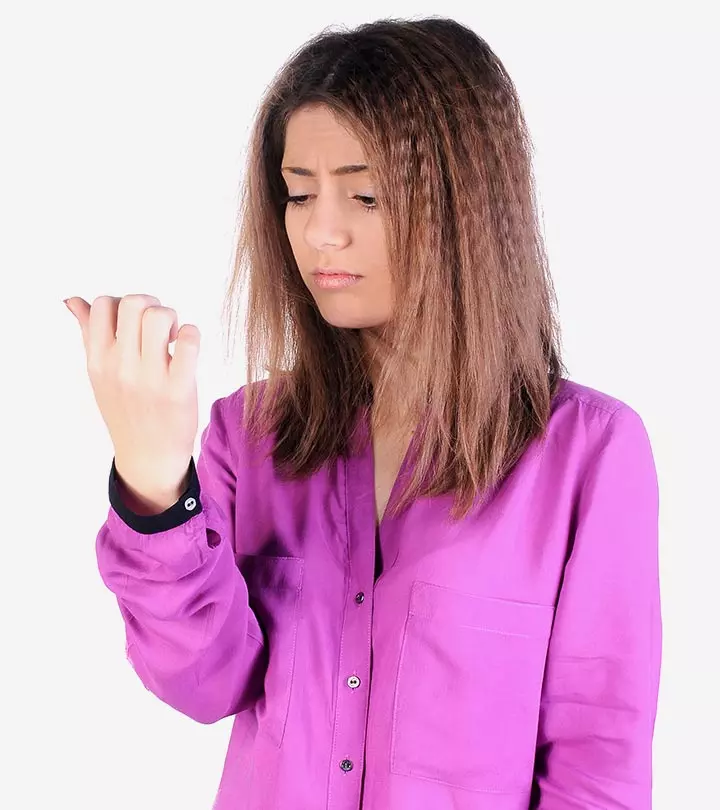
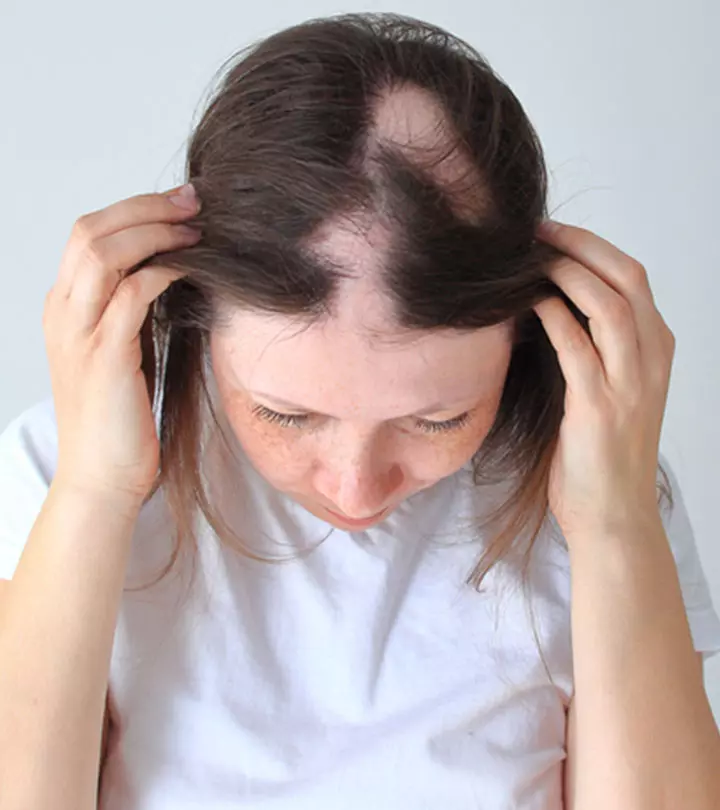


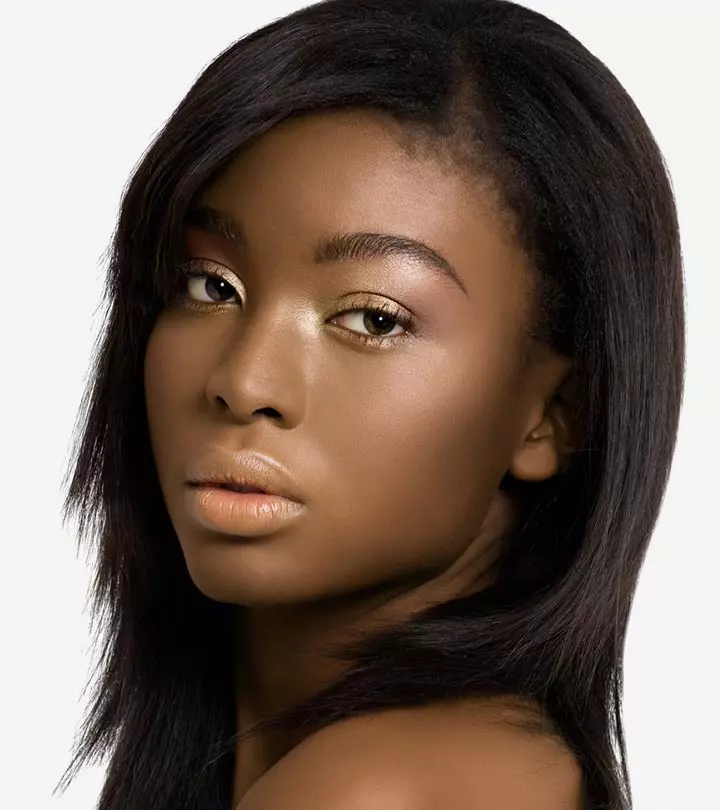

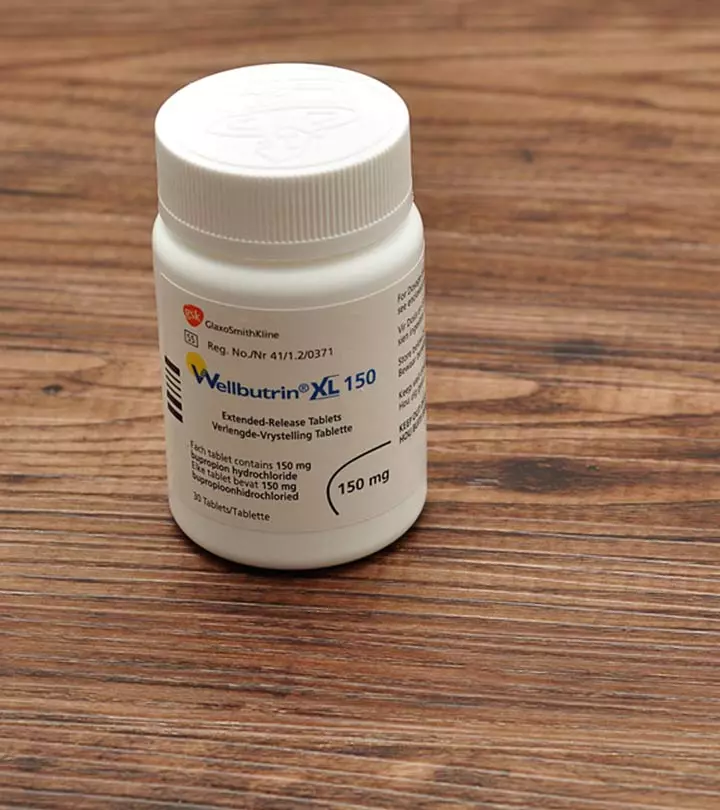
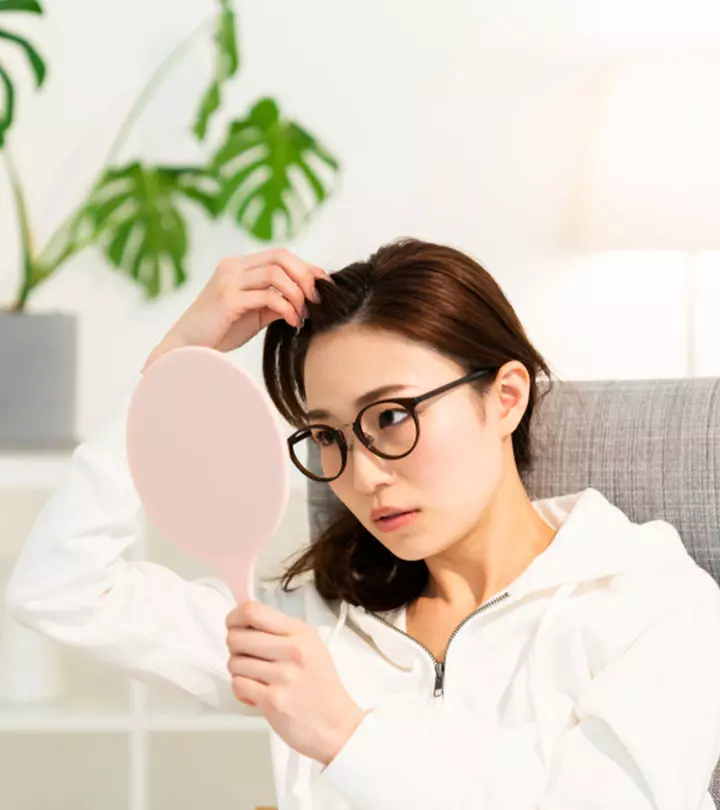
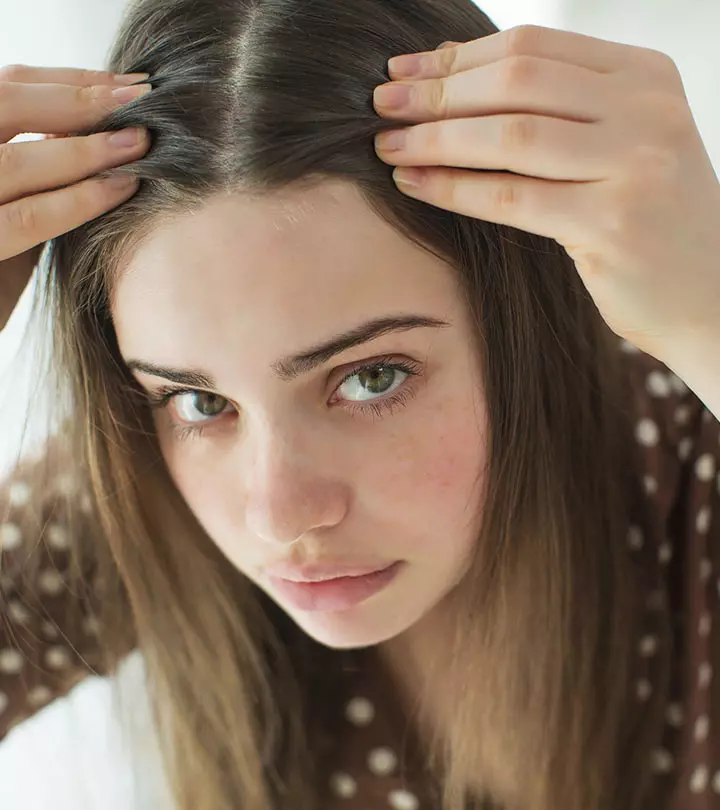
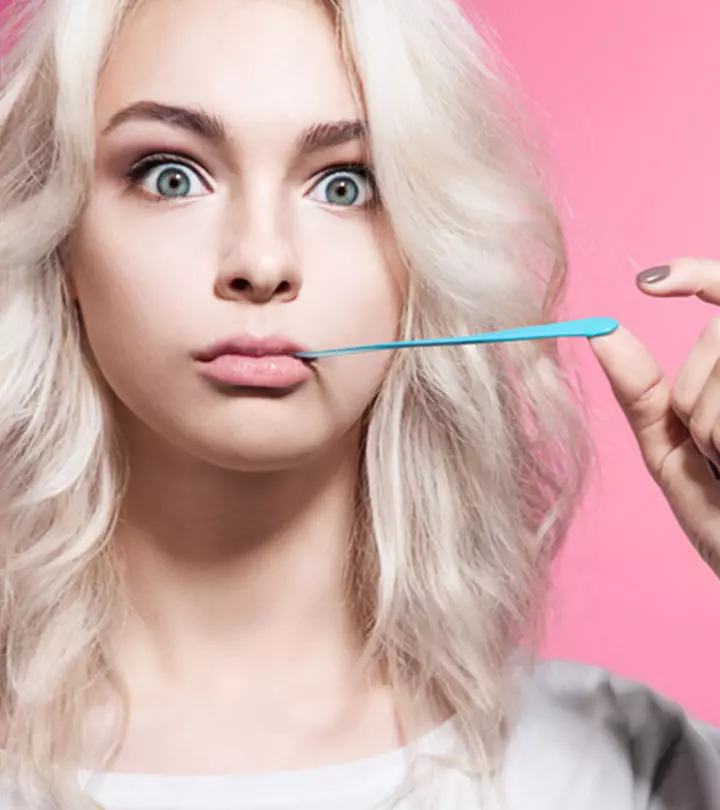
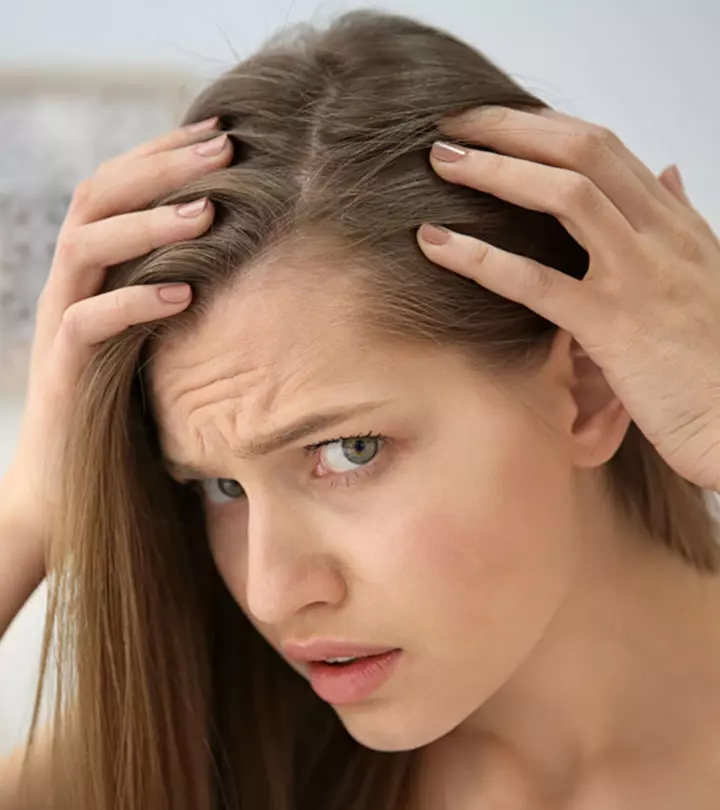
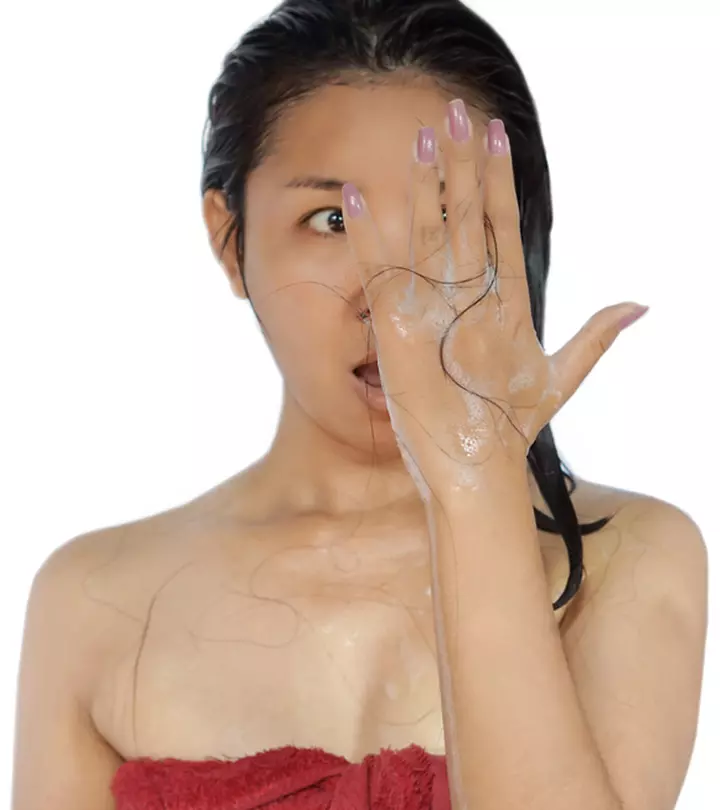
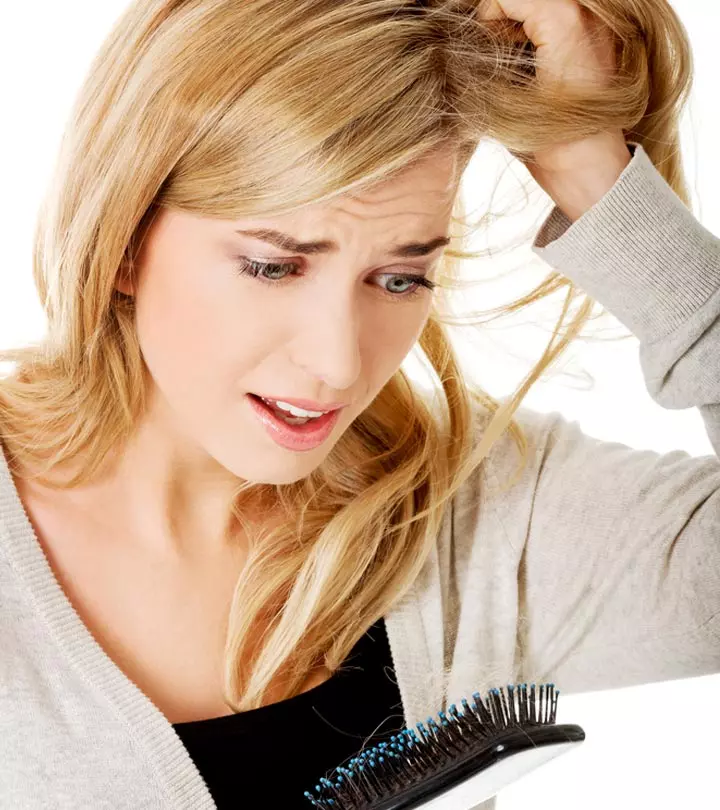
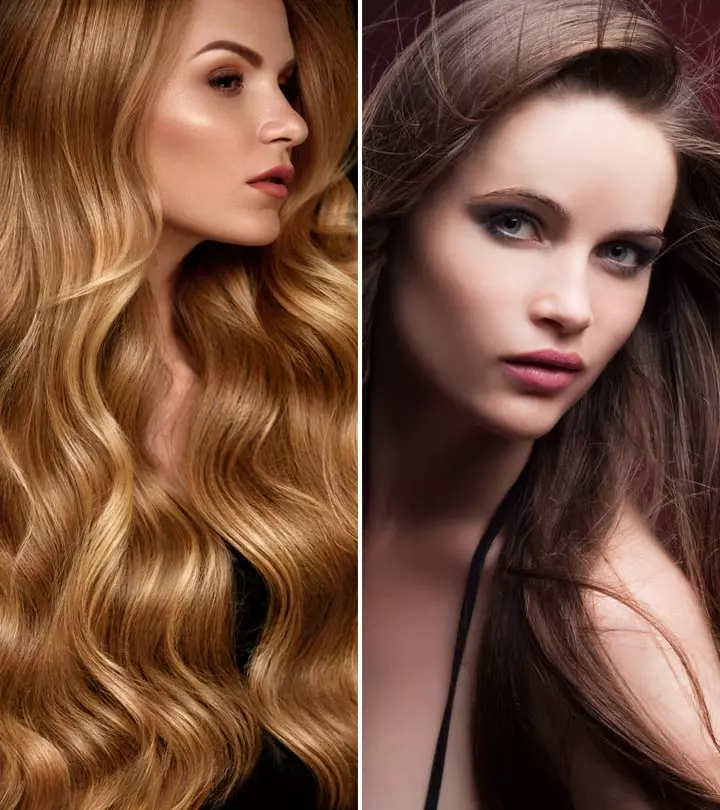

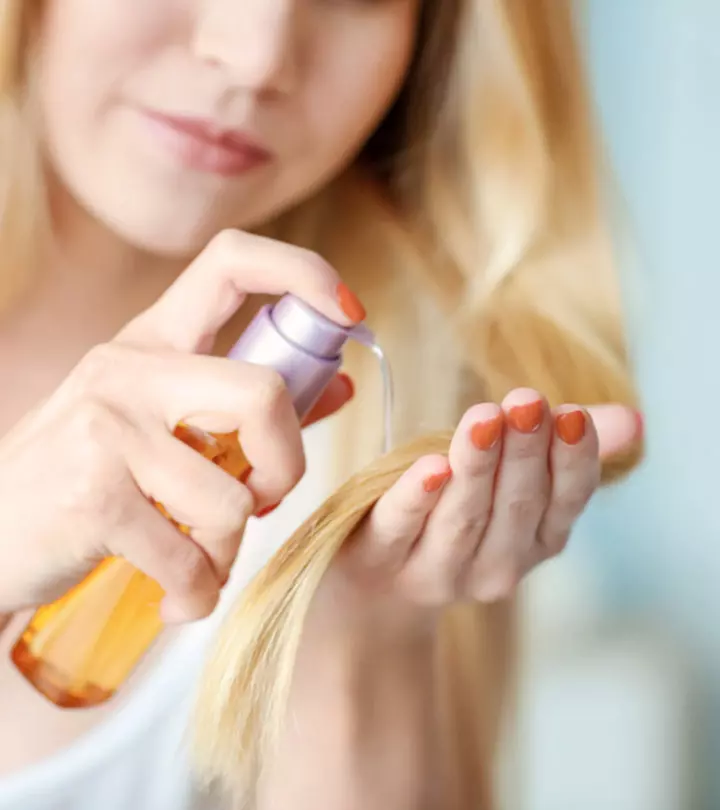
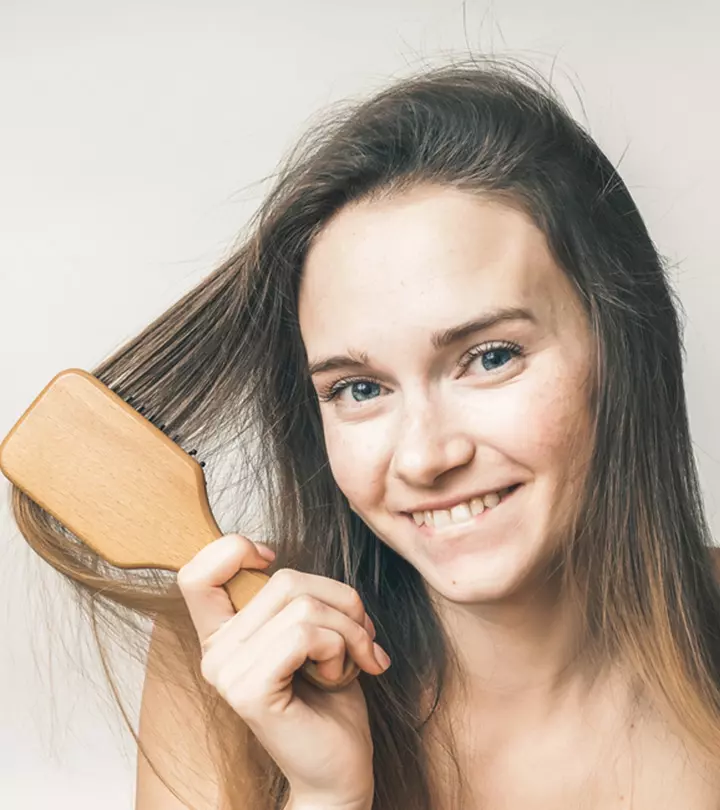
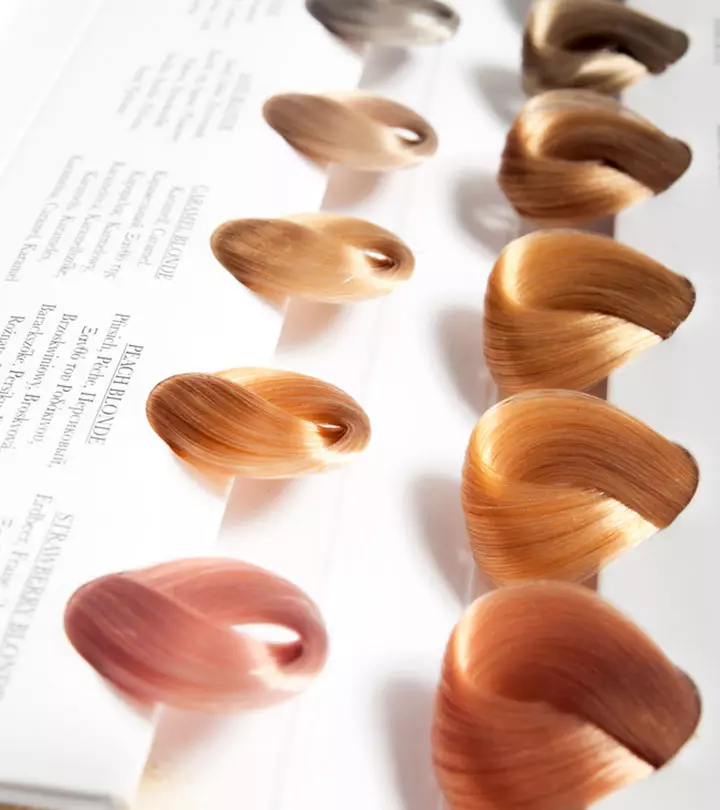
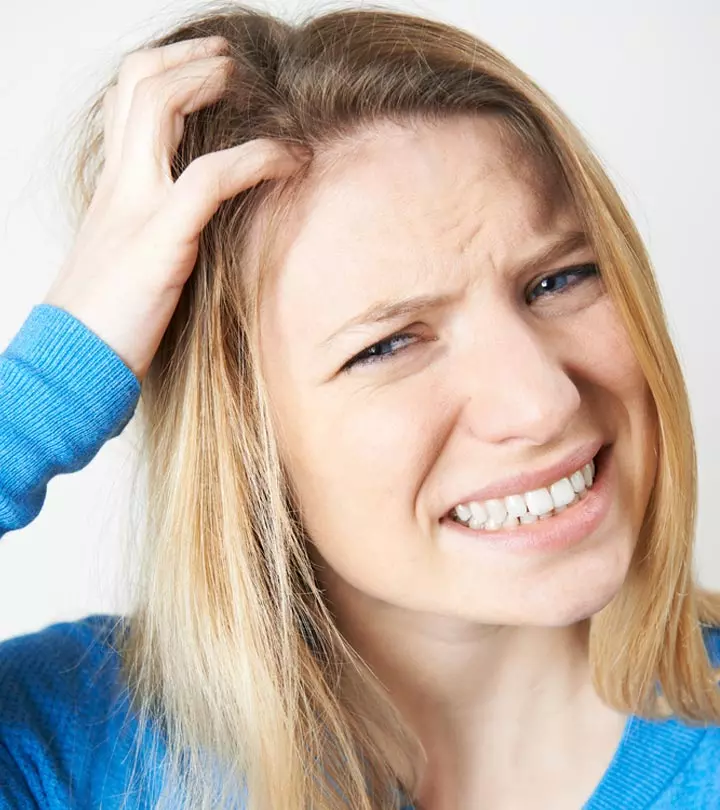
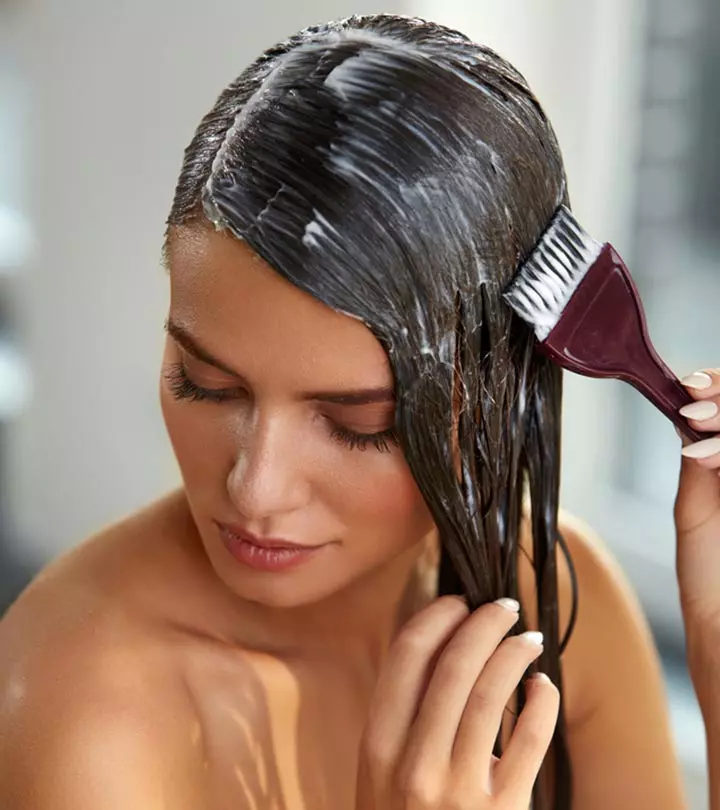
Community Experiences
Join the conversation and become a part of our empowering community! Share your stories, experiences, and insights to connect with other beauty, lifestyle, and health enthusiasts.